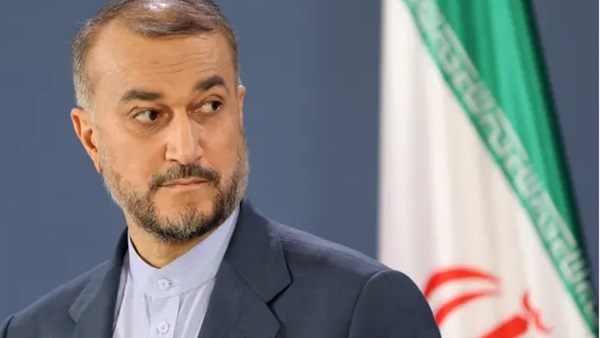Positive signals from Iran over nuclear deal put west in a tricky position

Wary western powers face an unlikely potential dilemma after a sudden push by Tehran to suggest that progress is being made to remove the last outstanding obstacles to a revived agreement to oversee Iran’s nuclear programme.
The unlikely prospect of Joe Biden reviving the dormant 2015 nuclear deal, potentially lifting sanctions and opening the way for Iran to make billions of dollars in oil exports, would be seen as a gross betrayal by supporters of three-month-long street protests, as well as a controversial signal to send to Ukraine about Washington’s priorities.
The west has accused Iran of providing hundreds of drones to Russia, and urged the UN to investigate whether the supply represents a breach of Iran’s obligations under existing UN security council resolutions.
But the EU’s Iran negotiators have insisted that restraining Iran’s nuclear programme must be treated separately from all other Iranian issues, including its arming of Russia and domestic suppression.
At the weekend the head of Iran’s steering council of foreign relations, Kamal Kharazi, said the only remaining outstanding obstacle to a nuclear agreement was settling the long-running dispute between Iran and the UN nuclear inspectorate the IAEA over the origins and explanation of nuclear particles found at three sites in 2019. He is one of the few Iranian officials to claim all the other issues between the US and Iran over the revival of the deal had been resolved.
At the same time, after a pause of many months, IAEA inspectors, led by its deputy director general for safeguards, Massimo Aparo, visited Tehran to meet Mohammad Eslami, head of Iran’s Atomic Energy Organisation.
The Iranian foreign minister, Hossein Amir Abdullahian, described the visit as “positive and forward-looking”, giving the overall impression that parts of the regime want a deal.
He said a meeting with the EU foreign affairs chief, Josep Borrell, in Jordan last week gave an opportunity to “complete the discussions”.
The UN inspectors left Tehran without any comment on their talks but expectations were low given the long history of failed attempts to extract plausible Iranian explanations for the presence of the nuclear particles.
It is possible Tehran’s optimism is merely opportunistic posturing to see if Tehran can expose western divisions over the possibility of rejoining a nuclear deal at a time Iran is accused of committing gross human rights violations and arming Russia. Rumours continue to circulate that Iran is about to execute many more than the two protesters put to death so far.
But voices within Iran’s diplomatic corps genuinely believe Iran’s President Ebrahim Raisi needs to revive the deal and, if he does not do so, he will have made a historic mistake by driving an isolated Iran into Moscow’s embrace.
Economic pressures have also been growing on Iran to strike a deal. Since the protests started, the value of the Iranian rial against the dollar has fallen nearly 20%. Afshin Khani, the top foreign exchange official at the country’s central bank, was forced to resign last week and there have been calls for the governor Ali Salehabadi to follow suit. He has denied reports he is about to raise interest rates by 5% to prop up the currency. But with inflation at just over 50% this summer and the price of cars projected to have doubled in three months, blame is being pinned on Raisi’s ineffectual government.
Europe is determined not to give up hopes of salvaging the nuclear deal on the basis that if Iran starts enriching to 90% it will have enough enriched uranium to make a bomb even if it lacks the missile warheads to deliver.
Borrell said last week: “In spite of the fact that the nuclear deal remains in a stalemate and the escalation of Iran’s nuclear programme is of great concern, we have to continue engaging as much as possible in trying to revive this deal. I still believe that we have to separate the sanctions on human rights and arms provision to Russia from the nuclear programme, the escalation of which is of great concern.”
The IAEA board had on 11 November passed a resolution saying it was essential and urgent for Iran to cooperate with the board over the source of the nuclear particles.
The three sites at which Iran has not given a “satisfactory answers” to the IAEA are located in Varamin and Turquzabad near Tehran and Marivan in Kurdistan province. Iran said the particles may have come from abroad.
The IAEA estimated that Iran has increased its stockpile of uranium enriched to 60% – a level just below that required to produce a nuclear weapon – by 6.7kg since 21 August.
Iran wants the IAEA to permanently resolve the issue of the sites before it will sign the revived nuclear deal.





